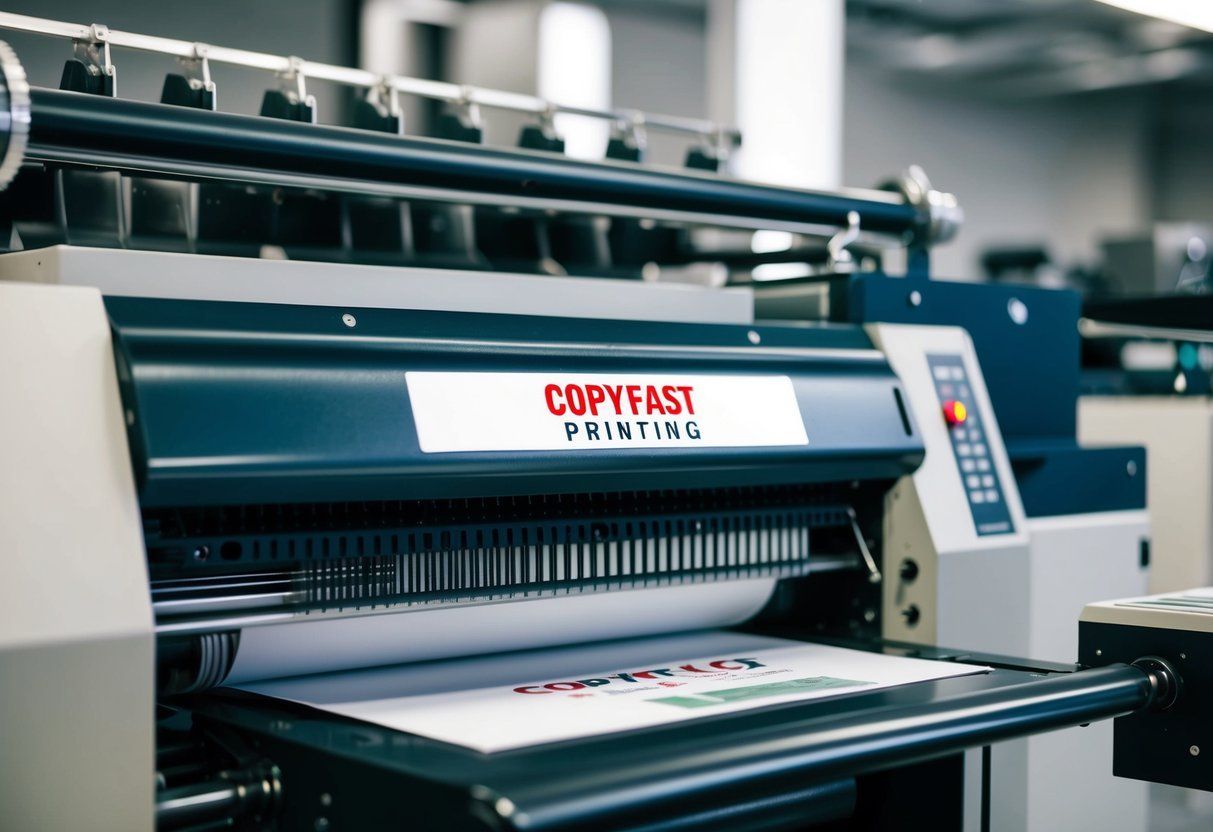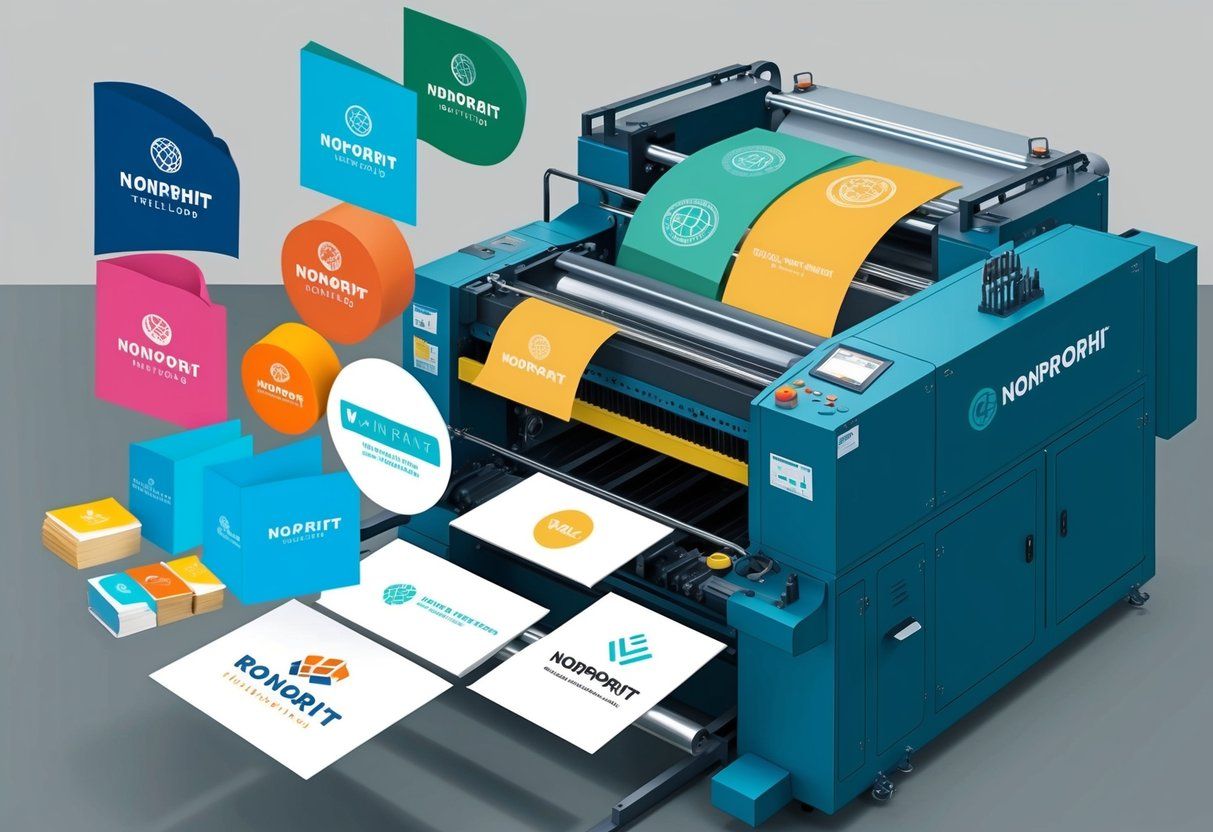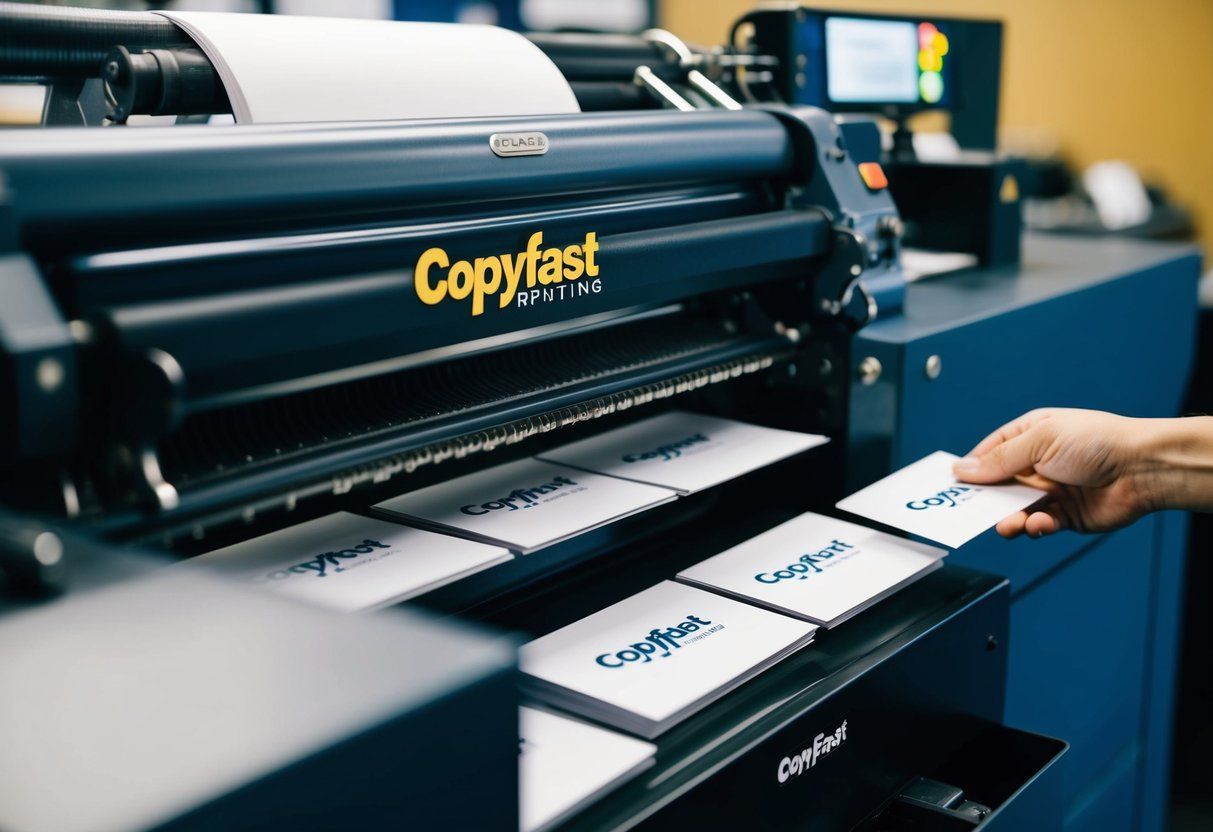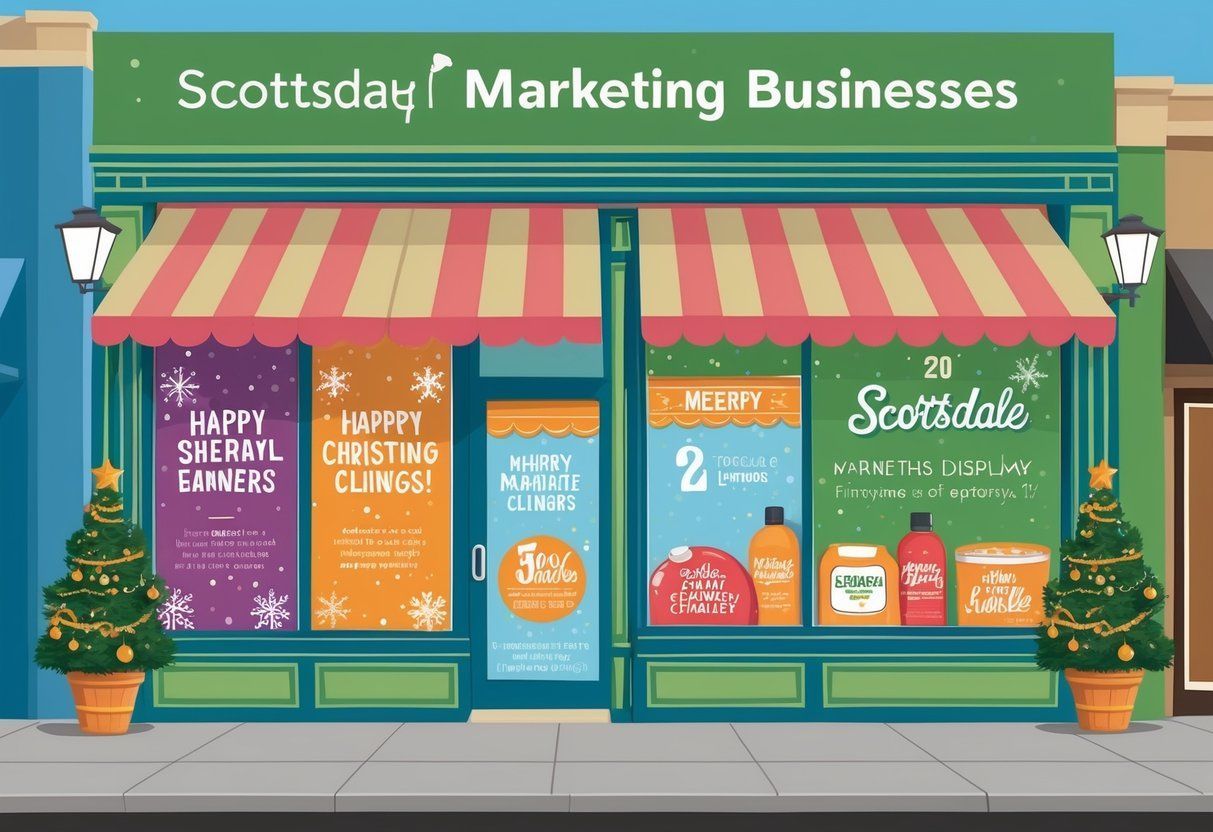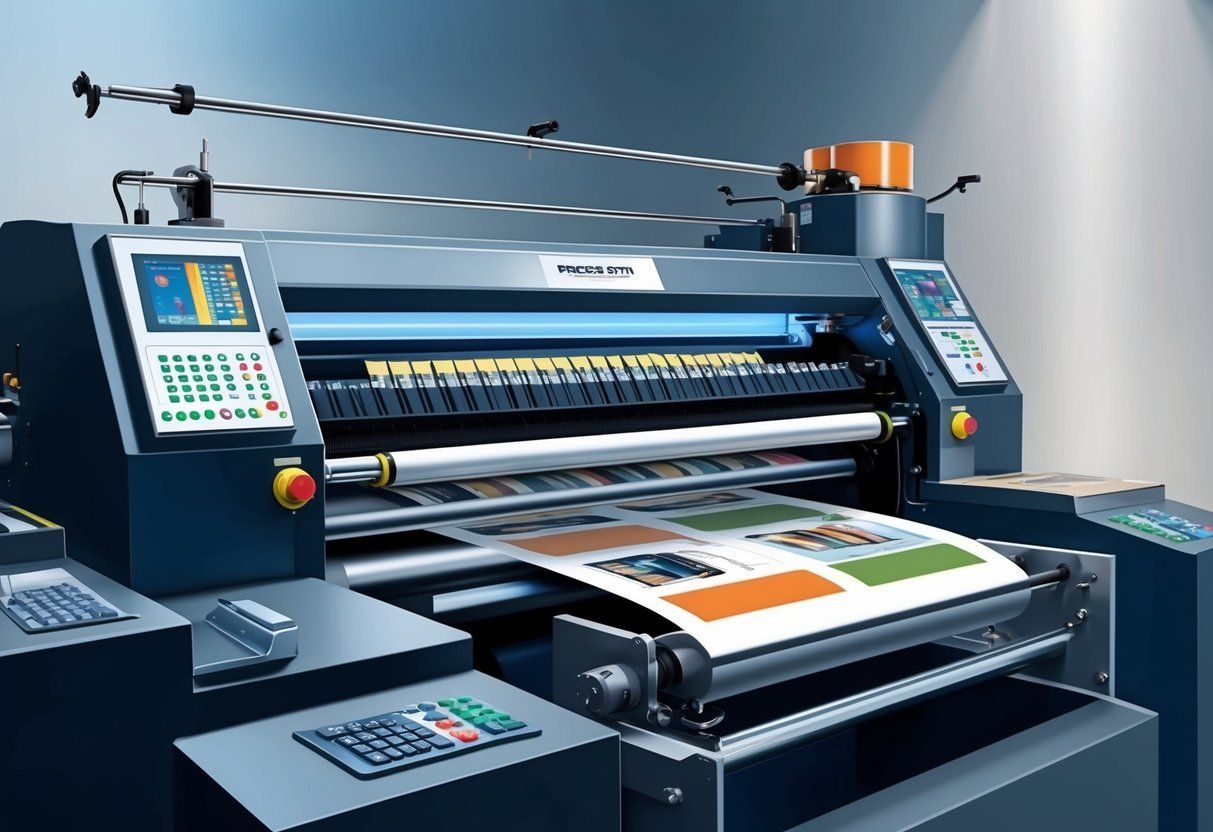Scottsdale Print Shop ) Mesa Print Shop ) Tempe Print Shop ) Phoenix Print Shop ) DC Ranch Print Shop ) Chandler Print Shop ) Peoria Print Shop ) Fountain Hills Print Shop ) Sun City Print Shop ) Glendale Print Shop ) Paradise Valley Print Shop ) Goodyear Print Shop ) Queen Creek Print Shop ) Avondale Print Shop ) Desert Ridge Print Shop ) Apache Junction Print Shop ) North Scottsdale Print Shop ) Pinnacle Peak Print Shop ) Grayawk Print Shop ) Kierland Print Shop ) Windsong Print Shop ) Mcdowell Mountain Ranch Print Shop ) Gainey Ranch Print Shop ) McCormick Ranch Print Shop ) Deer Valley Print Shop ) Arcadia Print Shop ) Troon Print Shop ) Silverleaf Print Shop ) Cave Creek Print Shop ) Old Town Print Shop ) South Scottsdale Print Shop ) Ancala Print Shop ) Central Phoenix Print Shop ) Carefree Print Shop ) Toleson Print Shop ) Ironwood Village Print Shop ) WIndgate Ranch Print Shop ) Northsight Print Shop ) Shea Print Shop ) Tatum Ranch Print Shop ) Casa Grande Print Shop ) Gilbert Print Shop ) Suprise Print Shop ) Buckeye Print Shop ) Scottsdale Banner Printing ) Mesa Banner Printing ) Tempe Banner Printing ) Phoenix Banner Printing ) DC Ranch Banner Printing ) Chandler Banner Printing ) Peoria Banner Printing ) Fountain Hills Banner Printing ) Sun City Banner Printing ) Glendale Banner Printing ) Paradise Valley Banner Printing ) Goodyear Banner Printing ) Queen Creek Banner Printing ) Avondale Banner Printing ) Desert Ridge Banner Printing ) Apache Junction Banner Printing ) North Scottsdale Banner Printing ) Pinnacle Peak Banner Printing ) Grayawk Banner Printing ) Kierland Banner Printing ) Windsong Banner Printing ) Mcdowell Mountain Ranch Banner Printing ) Gainey Ranch Banner Printing ) McCormick Ranch Banner Printing ) Deer Valley Banner Printing ) Arcadia Banner Printing ) Troon Banner Printing ) Silverleaf Banner Printing ) Cave Creek Banner Printing ) Old Town Banner Printing ) South Scottsdale Banner Printing ) Ancala Banner Printing ) Central Phoenix Banner Printing ) Carefree Banner Printing ) Toleson Banner Printing ) Ironwood Village Banner Printing ) WIndgate Ranch Banner Printing ) Northsight Banner Printing ) Shea Banner Printing ) Tatum Ranch Banner Printing ) Casa Grande Banner Printing ) Gilbert Banner Printing ) Suprise Banner Printing ) Buckeye Banner Printing ) Scottsdale Book Binding ) Mesa Book Binding ) Tempe Book Binding ) Phoenix Book Binding ) DC Ranch Book Binding ) Chandler Book Binding ) Peoria Book Binding ) Fountain Hills Book Binding ) Sun City Book Binding ) Glendale Book Binding ) Paradise Valley Book Binding ) Goodyear Book Binding ) Queen Creek Book Binding ) Avondale Book Binding ) Desert Ridge Book Binding ) Apache Junction Book Binding ) North Scottsdale Book Binding ) Pinnacle Peak Book Binding ) Grayawk Book Binding ) Kierland Book Binding ) Windsong Book Binding ) Mcdowell Mountain Ranch Book Binding ) Gainey Ranch Book Binding ) McCormick Ranch Book Binding ) Deer Valley Book Binding ) Arcadia Book Binding ) Troon Book Binding ) Silverleaf Book Binding ) Cave Creek Book Binding ) Old Town Book Binding ) South Scottsdale Book Binding ) Ancala Book Binding ) Central Phoenix Book Binding ) Carefree Book Binding ) Toleson Book Binding ) Ironwood Village Book Binding ) WIndgate Ranch Book Binding ) Northsight Book Binding ) Shea Book Binding ) Tatum Ranch Book Binding ) Casa Grande Book Binding ) Gilbert Book Binding ) Suprise Book Binding ) Buckeye Book Binding ) Scottsdale Booklet Printing ) Mesa Booklet Printing ) Tempe Booklet Printing ) Phoenix Booklet Printing ) DC Ranch Booklet Printing ) Chandler Booklet Printing ) Peoria Booklet Printing ) Fountain Hills Booklet Printing ) Sun City Booklet Printing ) Glendale Booklet Printing ) Paradise Valley Booklet Printing ) Goodyear Booklet Printing ) Queen Creek Booklet Printing ) Avondale Booklet Printing ) Desert Ridge Booklet Printing ) Apache Junction Booklet Printing ) North Scottsdale Booklet Printing ) Pinnacle Peak Booklet Printing ) Grayawk Booklet Printing ) Kierland Booklet Printing ) Windsong Booklet Printing ) Mcdowell Mountain Ranch Booklet Printing ) Gainey Ranch Booklet Printing ) McCormick Ranch Booklet Printing ) Deer Valley Booklet Printing ) Arcadia Booklet Printing ) Troon Booklet Printing ) Silverleaf Booklet Printing ) Cave Creek Booklet Printing ) Old Town Booklet Printing ) South Scottsdale Booklet Printing ) Ancala Booklet Printing ) Central Phoenix Booklet Printing ) Carefree Booklet Printing ) Toleson Booklet Printing ) Ironwood Village Booklet Printing ) WIndgate Ranch Booklet Printing ) Northsight Booklet Printing ) Shea Booklet Printing ) Tatum Ranch Booklet Printing ) Casa Grande Booklet Printing ) Gilbert Booklet Printing ) Suprise Booklet Printing ) Buckeye Booklet Printing ) Scottsdale Brochure Printing ) Mesa Brochure Printing ) Tempe Brochure Printing ) Phoenix Brochure Printing ) DC Ranch Brochure Printing ) Chandler Brochure Printing ) Peoria Brochure Printing ) Fountain Hills Brochure Printing ) Sun City Brochure Printing ) Glendale Brochure Printing ) Paradise Valley Brochure Printing ) Goodyear Brochure Printing ) Queen Creek Brochure Printing ) Avondale Brochure Printing ) Desert Ridge Brochure Printing ) Apache Junction Brochure Printing ) North Scottsdale Brochure Printing ) Pinnacle Peak Brochure Printing ) Grayawk Brochure Printing ) Kierland Brochure Printing ) Windsong Brochure Printing ) Mcdowell Mountain Ranch Brochure Printing ) Gainey Ranch Brochure Printing ) McCormick Ranch Brochure Printing ) Deer Valley Brochure Printing ) Arcadia Brochure Printing ) Troon Brochure Printing ) Silverleaf Brochure Printing ) Cave Creek Brochure Printing ) Old Town Brochure Printing ) South Scottsdale Brochure Printing ) Ancala Brochure Printing ) Central Phoenix Brochure Printing ) Carefree Brochure Printing ) Toleson Brochure Printing ) Ironwood Village Brochure Printing ) WIndgate Ranch Brochure Printing ) Northsight Brochure Printing ) Shea Brochure Printing ) Tatum Ranch Brochure Printing ) Casa Grande Brochure Printing ) Gilbert Brochure Printing ) Suprise Brochure Printing ) Buckeye Brochure Printing ) Scottsdale Business Card Printing ) Mesa Business Card Printing ) Tempe Business Card Printing ) Phoenix Business Card Printing ) DC Ranch Business Card Printing ) Chandler Business Card Printing ) Peoria Business Card Printing ) Fountain Hills Business Card Printing ) Sun City Business Card Printing ) Glendale Business Card Printing ) Paradise Valley Business Card Printing ) Goodyear Business Card Printing ) Queen Creek Business Card Printing ) Avondale Business Card Printing ) Desert Ridge Business Card Printing ) Apache Junction Business Card Printing ) North Scottsdale Business Card Printing ) Pinnacle Peak Business Card Printing ) Grayawk Business Card Printing ) Kierland Business Card Printing ) Windsong Business Card Printing ) Mcdowell Mountain Ranch Business Card Printing ) Gainey Ranch Business Card Printing ) McCormick Ranch Business Card Printing ) Deer Valley Business Card Printing ) Arcadia Business Card Printing ) Troon Business Card Printing ) Silverleaf Business Card Printing ) Cave Creek Business Card Printing ) Old Town Business Card Printing ) South Scottsdale Business Card Printing ) Ancala Business Card Printing ) Central Phoenix Business Card Printing ) Carefree Business Card Printing ) Toleson Business Card Printing ) Ironwood Village Business Card Printing ) WIndgate Ranch Business Card Printing ) Northsight Business Card Printing ) Shea Business Card Printing ) Tatum Ranch Business Card Printing ) Casa Grande Business Card Printing ) Gilbert Business Card Printing ) Suprise Business Card Printing ) Buckeye Business Card Printing ) Scottsdale Catalog Printing ) Mesa Catalog Printing ) Tempe Catalog Printing ) Phoenix Catalog Printing ) DC Ranch Catalog Printing ) Chandler Catalog Printing ) Peoria Catalog Printing ) Fountain Hills Catalog Printing ) Sun City Catalog Printing ) Glendale Catalog Printing ) Paradise Valley Catalog Printing ) Goodyear Catalog Printing ) Queen Creek Catalog Printing ) Avondale Catalog Printing ) Desert Ridge Catalog Printing ) Apache Junction Catalog Printing ) North Scottsdale Catalog Printing ) Pinnacle Peak Catalog Printing ) Grayawk Catalog Printing ) Kierland Catalog Printing ) Windsong Catalog Printing ) Mcdowell Mountain Ranch Catalog Printing ) Gainey Ranch Catalog Printing ) McCormick Ranch Catalog Printing ) Deer Valley Catalog Printing ) Arcadia Catalog Printing ) Troon Catalog Printing ) Silverleaf Catalog Printing ) Cave Creek Catalog Printing ) Old Town Catalog Printing ) South Scottsdale Catalog Printing ) Ancala Catalog Printing ) Central Phoenix Catalog Printing ) Carefree Catalog Printing ) Toleson Catalog Printing ) Ironwood Village Catalog Printing ) WIndgate Ranch Catalog Printing ) Northsight Catalog Printing ) Shea Catalog Printing ) Tatum Ranch Catalog Printing ) Casa Grande Catalog Printing ) Gilbert Catalog Printing ) Suprise Catalog Printing ) Buckeye Catalog Printing ) Scottsdale Commercial Printing ) Mesa Commercial Printing ) Tempe Commercial Printing ) Phoenix Commercial Printing ) DC Ranch Commercial Printing ) Chandler Commercial Printing ) Peoria Commercial Printing ) Fountain Hills Commercial Printing ) Sun City Commercial Printing ) Glendale Commercial Printing ) Paradise Valley Commercial Printing ) Goodyear Commercial Printing ) Queen Creek Commercial Printing ) Avondale Commercial Printing ) Desert Ridge Commercial Printing ) Apache Junction Commercial Printing ) North Scottsdale Commercial Printing ) Pinnacle Peak Commercial Printing ) Grayawk Commercial Printing ) Kierland Commercial Printing ) Windsong Commercial Printing ) Mcdowell Mountain Ranch Commercial Printing ) Gainey Ranch Commercial Printing ) McCormick Ranch Commercial Printing ) Deer Valley Commercial Printing ) Arcadia Commercial Printing ) Troon Commercial Printing ) Silverleaf Commercial Printing ) Cave Creek Commercial Printing ) Old Town Commercial Printing ) South Scottsdale Commercial Printing ) Ancala Commercial Printing ) Central Phoenix Commercial Printing ) Carefree Commercial Printing ) Toleson Commercial Printing ) Ironwood Village Commercial Printing ) WIndgate Ranch Commercial Printing ) Northsight Commercial Printing ) Shea Commercial Printing ) Tatum Ranch Commercial Printing ) Casa Grande Commercial Printing ) Gilbert Commercial Printing ) Suprise Commercial Printing ) Buckeye Commercial Printing ) Scottsdale Coroplast Signs ) Mesa Coroplast Signs ) Tempe Coroplast Signs ) Phoenix Coroplast Signs ) Scottsdale Digital Printing ) Mesa Digital Printing ) Tempe Digital Printing ) Phoenix Digital Printing ) DC Ranch Digital Printing ) Chandler Digital Printing ) Peoria Digital Printing ) Fountain Hills Digital Printing ) Sun City Digital Printing ) Glendale Digital Printing ) Paradise Valley Digital Printing ) Goodyear Digital Printing ) Queen Creek Digital Printing ) Avondale Digital Printing ) Desert Ridge Digital Printing ) Apache Junction Digital Printing ) North Scottsdale Digital Printing ) Pinnacle Peak Digital Printing ) Grayawk Digital Printing ) Kierland Digital Printing ) Windsong Digital Printing ) Mcdowell Mountain Ranch Digital Printing ) Gainey Ranch Digital Printing ) McCormick Ranch Digital Printing ) Deer Valley Digital Printing ) Arcadia Digital Printing ) Troon Digital Printing ) Silverleaf Digital Printing ) Cave Creek Digital Printing ) Old Town Digital Printing ) South Scottsdale Digital Printing ) Ancala Digital Printing ) Central Phoenix Digital Printing ) Carefree Digital Printing ) Toleson Digital Printing ) Ironwood Village Digital Printing ) WIndgate Ranch Digital Printing ) Northsight Digital Printing ) Shea Digital Printing ) Tatum Ranch Digital Printing ) Casa Grande Digital Printing ) Gilbert Digital Printing ) Suprise Digital Printing ) Buckeye Digital Printing ) Scottsdale Direct Mailing Services ) Mesa Direct Mailing Services ) Tempe Direct Mailing Services ) Phoenix Direct Mailing Services ) DC Ranch Direct Mailing Services ) Chandler Direct Mailing Services ) Peoria Direct Mailing Services ) Fountain Hills Direct Mailing Services ) Sun City Direct Mailing Services ) Glendale Direct Mailing Services ) Paradise Valley Direct Mailing Services ) Goodyear Direct Mailing Services ) Queen Creek Direct Mailing Services ) Avondale Direct Mailing Services ) Desert Ridge Direct Mailing Services ) Apache Junction Direct Mailing Services ) North Scottsdale Direct Mailing Services ) Pinnacle Peak Direct Mailing Services ) Grayawk Direct Mailing Services ) Kierland Direct Mailing Services ) Windsong Direct Mailing Services ) Mcdowell Mountain Ranch Direct Mailing Services ) Gainey Ranch Direct Mailing Services ) McCormick Ranch Direct Mailing Services ) Deer Valley Direct Mailing Services ) Arcadia Direct Mailing Services ) Troon Direct Mailing Services ) Silverleaf Direct Mailing Services ) Cave Creek Direct Mailing Services ) Old Town Direct Mailing Services ) South Scottsdale Direct Mailing Services ) Ancala Direct Mailing Services ) Central Phoenix Direct Mailing Services ) Carefree Direct Mailing Services ) Toleson Direct Mailing Services ) Ironwood Village Direct Mailing Services ) WIndgate Ranch Direct Mailing Services ) Northsight Direct Mailing Services ) Shea Direct Mailing Services ) Tatum Ranch Direct Mailing Services ) Casa Grande Direct Mailing Services ) Gilbert Direct Mailing Services ) Suprise Direct Mailing Services ) Buckeye Direct Mailing Services ) Scottsdale Flyer Printing ) Mesa Flyer Printing ) Tempe Flyer Printing ) Phoenix Flyer Printing ) DC Ranch Flyer Printing ) Chandler Flyer Printing ) Peoria Flyer Printing ) Fountain Hills Flyer Printing ) Sun City Flyer Printing ) Glendale Flyer Printing ) Paradise Valley Flyer Printing ) Goodyear Flyer Printing ) Queen Creek Flyer Printing ) Avondale Flyer Printing ) Desert Ridge Flyer Printing ) Apache Junction Flyer Printing ) North Scottsdale Flyer Printing ) Pinnacle Peak Flyer Printing ) Grayawk Flyer Printing ) Kierland Flyer Printing ) Windsong Flyer Printing ) Mcdowell Mountain Ranch Flyer Printing ) Gainey Ranch Flyer Printing ) McCormick Ranch Flyer Printing ) Deer Valley Flyer Printing ) Arcadia Flyer Printing ) Troon Flyer Printing ) Silverleaf Flyer Printing ) Cave Creek Flyer Printing ) Old Town Flyer Printing ) South Scottsdale Flyer Printing ) Ancala Flyer Printing ) Central Phoenix Flyer Printing ) Carefree Flyer Printing ) Toleson Flyer Printing ) Ironwood Village Flyer Printing ) WIndgate Ranch Flyer Printing ) Northsight Flyer Printing ) Shea Flyer Printing ) Tatum Ranch Flyer Printing ) Casa Grande Flyer Printing ) Gilbert Flyer Printing ) Suprise Flyer Printing ) Buckeye Flyer Printing ) Scottsdale Graphic Design ) Mesa Graphic Design ) Tempe Graphic Design ) Phoenix Graphic Design ) DC Ranch Graphic Design ) Chandler Graphic Design ) Peoria Graphic Design ) Fountain Hills Graphic Design ) Sun City Graphic Design ) Glendale Graphic Design ) Paradise Valley Graphic Design ) Goodyear Graphic Design ) Queen Creek Graphic Design ) Avondale Graphic Design ) Desert Ridge Graphic Design ) Apache Junction Graphic Design ) North Scottsdale Graphic Design ) Pinnacle Peak Graphic Design ) Grayawk Graphic Design ) Kierland Graphic Design ) Windsong Graphic Design ) Mcdowell Mountain Ranch Graphic Design ) Gainey Ranch Graphic Design ) McCormick Ranch Graphic Design ) Deer Valley Graphic Design ) Arcadia Graphic Design ) Troon Graphic Design ) Silverleaf Graphic Design ) Cave Creek Graphic Design ) Old Town Graphic Design ) South Scottsdale Graphic Design ) Ancala Graphic Design ) Central Phoenix Graphic Design ) Carefree Graphic Design ) Toleson Graphic Design ) Ironwood Village Graphic Design ) WIndgate Ranch Graphic Design ) Northsight Graphic Design ) Shea Graphic Design ) Tatum Ranch Graphic Design ) Casa Grande Graphic Design ) Gilbert Graphic Design ) Suprise Graphic Design ) Buckeye Graphic Design ) Scottsdale Large Format Printing ) Mesa Large Format Printing ) Tempe Large Format Printing ) Phoenix Large Format Printing ) DC Ranch Large Format Printing ) Chandler Large Format Printing ) Peoria Large Format Printing ) Fountain Hills Large Format Printing ) Sun City Large Format Printing ) Glendale Large Format Printing ) Paradise Valley Large Format Printing ) Goodyear Large Format Printing ) Peoria Postcard Printing ) Fountain Hills Postcard Printing ) Sun City Postcard Printing ) Glendale Postcard Printing ) Paradise Valley Postcard Printing ) Goodyear Postcard Printing ) Queen Creek Postcard Printing ) Avondale Postcard Printing ) Desert Ridge Postcard Printing ) Apache Junction Postcard Printing ) North Scottsdale Postcard Printing ) Pinnacle Peak Postcard Printing ) Grayawk Postcard Printing ) Kierland Postcard Printing ) Windsong Postcard Printing ) Mcdowell Mountain Ranch Postcard Printing ) Gainey Ranch Postcard Printing ) McCormick Ranch Postcard Printing ) Deer Valley Postcard Printing ) Arcadia Postcard Printing ) Troon Postcard Printing ) Silverleaf Postcard Printing ) Cave Creek Postcard Printing ) Old Town Postcard Printing ) South Scottsdale Postcard Printing ) Ancala Postcard Printing ) Central Phoenix Postcard Printing ) Carefree Postcard Printing ) Toleson Postcard Printing ) Ironwood Village Postcard Printing ) WIndgate Ranch Postcard Printing ) Northsight Postcard Printing ) Shea Postcard Printing ) Tatum Ranch Postcard Printing ) Casa Grande Postcard Printing ) Gilbert Postcard Printing ) Suprise Postcard Printing ) Buckeye Postcard Printing ) Scottsdale Poster Printing ) Mesa Poster Printing ) Tempe Poster Printing ) Phoenix Poster Printing ) DC Ranch Poster Printing ) Chandler Poster Printing ) Peoria Poster Printing ) Fountain Hills Poster Printing ) Sun City Poster Printing ) Glendale Poster Printing ) Paradise Valley Poster Printing ) Goodyear Poster Printing ) Queen Creek Poster Printing ) Avondale Poster Printing ) Desert Ridge Poster Printing ) Apache Junction Poster Printing ) North Scottsdale Poster Printing ) Pinnacle Peak Poster Printing ) Grayawk Poster Printing ) Kierland Poster Printing ) Windsong Poster Printing ) Mcdowell Mountain Ranch Poster Printing ) Gainey Ranch Poster Printing ) McCormick Ranch Poster Printing ) Deer Valley Poster Printing ) Arcadia Poster Printing ) Troon Poster Printing ) Silverleaf Poster Printing ) Cave Creek Poster Printing ) Old Town Poster Printing ) South Scottsdale Poster Printing ) Ancala Poster Printing ) Central Phoenix Poster Printing ) Carefree Poster Printing ) Toleson Poster Printing ) Ironwood Village Poster Printing ) WIndgate Ranch Poster Printing ) Northsight Poster Printing ) Shea Poster Printing ) Tatum Ranch Poster Printing ) Casa Grande Poster Printing ) Gilbert Poster Printing ) Suprise Poster Printing ) Buckeye Poster Printing ) Scottsdale Promotional Items Printing )
Grow Your Business with Printed Business Cards: Leveraging Traditional Networking Tools
In the age of digital networking and rapid information exchange, the tangible appeal of printed business cards is experiencing a renaissance among professionals eager to make a lasting impression. Physical business cards serve as an essential tool for promoting brand identity, fostering personal connections, and conveying a sense of credibility and preparedness in various networking scenarios. Their physicality lends a degree of permanence and substance to an introduction, often making a more memorable impact than digital alternatives.
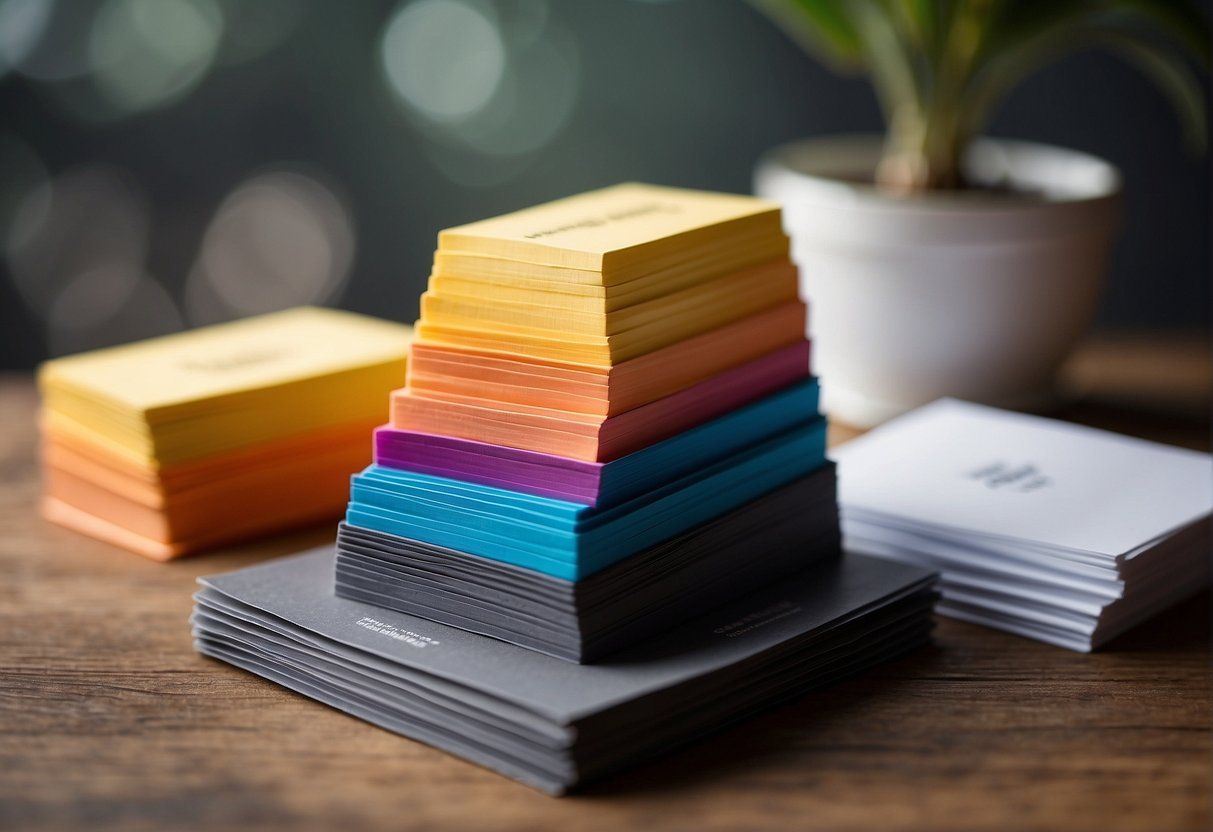
Despite the surge in online marketing tactics, the printed business card maintains its stature as a critical piece of any professional’s networking arsenal. Its power lies in its simplicity and the ability to deliver key information and brand visuals at a glance. With an array of design, material, and customization options available, business cards can be meticulously crafted to reflect the uniqueness of a business or individual. This versatility ensures that each card is not merely a method of conveying contact details but a strategic tool for branding and marketing.
Key Takeaways
- Business cards create significant networking advantages through a lasting tactile impression.
- A well-designed business card is a reflection of professional identity and brand values.
- Thoughtful customization and high-quality printing underline the card’s effectiveness in business growth.
Understanding the Basics of Business Cards
Business cards serve as a physical extension of a brand’s identity, facilitating person-to-person connection. Here, one can gain a comprehensive grasp on why business cards remain integral in networking and learn the critical components that make up a business card.
Importance of Business Cards in Networking
Business cards are a tangible means of sharing contact information and leaving a lasting impression. They are essential tools for professionals to exchange details quickly and efficiently during any networking event. In an age where digital communications are prevalent, the tactile nature of a business card provides a personal touch that helps individuals stand out.
Anatomy of a Business Card
A business card typically includes key personal and company details that represent an individual’s professional identity. The basic layout is as follows:
- Name : Central and prominently displayed, ensuring immediate recognition.
- Title : Clear indication of the individual’s role or professional standing.
- Company Name : Tied to the individual’s identity, offering insight into their business realm.
Contact information is crucial, arranged for ease of access:
- Phone : A direct line of communication, marked by a phone icon or the word “Tel”.
- Email : A universally accepted method of communication, vital for follow-ups.
- Address : Often included for location-specific relevance; may consist of a physical or website address.
Additional elements can include:
- Social Media : Icons and usernames/handles are sometimes present to enable connections across various platforms.
Layout and design adhere to the brand’s aesthetic, ensuring consistency and recognizability in the business landscape.
Designing Your Business Cards
When creating a business card, the design can have a profound impact on the perception of your brand. Utilizing the right templates, color schemes, and design elements can convey your brand message effectively.
Choosing the Right Template and Layout
Selecting a template that aligns with your business’s vision is crucial. Templates can range from minimalist to complex, and choosing one that facilitates a clear representation of your information is essential. For example, Microsoft Word and Adobe InDesign offer various template options. When considering the layout, it should be organized to guide the recipient’s eye in a natural flow from the logo to the contact details.
Incorporating Branding Elements
Your business card should serve as an extension of your brand identity. A high-resolution logo must be prominently displayed to increase brand recognition. Additionally, incorporate other branding elements such as your tagline or brand colors, ensuring consistency with your other marketing materials. The designer should strive for congruence between all physical and digital representations of the brand.
Selecting a Color Scheme and Graphics
The right colors and graphics can greatly enhance the card’s appeal. Aim for a color scheme that complements your logo and branding, using contrasting shades for readability. For instance, a dark font on a light background is a practical choice. Bold colors can make a statement, while pastels might reflect a softer approach. Graphics should be relevant and not overcrowd the card, maintaining a balance between visual appeal and informational clarity.
Designing for Readability and Impact
Font choice and text size are essential for readability; the typeface should be legible and professional. An oversized font may overwhelm the card, whereas a too-small font can be challenging to read. Minimalism can be effective for impact, drawing attention to the essential details without unnecessary clutter. A well-designed business card not only provides contact information but also leaves a memorable impression on the receiver.
Selecting the Material and Finish

In creating business cards that stand out, selecting the right material and finish is crucial. The tactile experience and visual appeal can greatly influence the recipient’s perception of a brand.
Paper Types and Textures
Business cards are commonly printed on various types of paper or cardstock , which differ in texture and appearance. Textured options like linen or laid paper offer a classic, professional look, while smooth premium options can convey a sleek, modern brand image. The choice of paper type should align with the company’s branding strategy.
- Linen : Fine, crosshatch pattern, classic feel
- Laid : Noticeable ribbed texture, traditional
- Smooth Cardstock : Sleek, contemporary appearance
Thickness and Weight Choices
The thickness and weight of the business card material impart a sense of quality. Thick cards often suggest durability and luxury. Most cardstock is measured in points (pt), where a higher number corresponds to a thicker card. Common thicknesses range from 14pt to 32pt.
| Thickness (pt) | Weight | Impression |
|---|---|---|
| 14-16pt | Standard | Professional, economical |
| 17-19pt | Premium | High-quality, substantial |
| 20pt and above | Luxury | Elite, robust |
Understanding Different Finishes
Finishes can dramatically alter the aesthetic and tactile qualities of business cards. A gloss finish is shiny and reflects light, which can make colors appear more vibrant. A matte finish provides a subdued, non-reflective surface. For a natural feel, uncoated finishes can be used, which also allow for writing on the surface.
- Gloss Finish : High sheen, color pop
- Matte Finish : Non-glare, elegant
- Uncoated : Writeable, organic
Other special finishes like embossing can add dimension and a sense of sophistication. It’s important to consider how these choices correlate with the brand message a company wants to convey through its business cards.
Customization Options
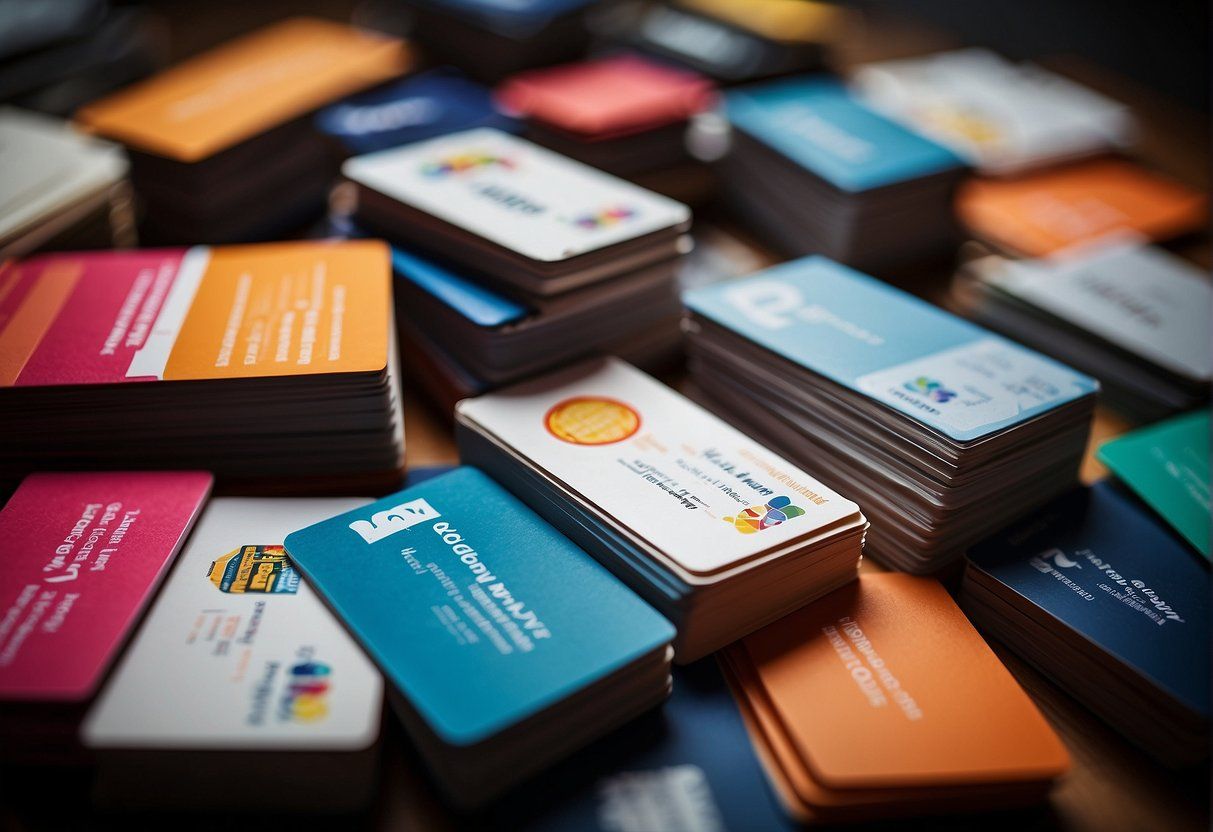
To elevate the impact of their business cards, individuals can explore a rich array of customization options. Tailoring specific aspects like size, shape, and special effects can set a card apart and reinforce brand identity.
Adding Special Effects
Business cards can be made more memorable through the application of special effects. Embossing and debossing add a tactile dimension to the card by raising or recessing the paper surface respectively. Foil stamping applies a metallic or pigmented foil for a distinctive shine, often used for logos or key information. Spot UV coating can be selectively applied to create a high-gloss highlight on certain areas of the card.
Size and Shape Variations
Standard business card dimensions typically measure 3.5 x 2 inches . However, companies may choose to deviate from these norms to stand out. They have the option to adopt non-traditional sizes or die-cut shapes that align with their brand’s ethos or industry. For example, a rounded-rectangle shape can convey a softer, more approachable brand, while angular or geometric shapes might suggest innovation and modernity. Here are common dimensions for alternative shapes:
- Square Card : 2.5 x 2.5 inches
- Slim Card : 3.5 x 1.75 inches
- Mini Card : 2.75 x 1.125 inches
Shapes and sizes can be further customized to fit the unique messaging and aesthetic of the business.
Printing Your Business Cards
When creating business cards, one must consider the printer selection , the printing process, and assuring high-resolution output. Each aspect plays a crucial role in ensuring that the final product represents the business professionally and effectively.
Choosing a Printer and Quantity
Selecting a printer for business card production is a critical decision. Services such as Vistaprint , Moo , and Canva offer a range of options suitable for various budgets and design requirements. Companies should decide on the quantity of cards to print, balancing immediate needs with potential future uses. Often, printers offer price breaks at higher quantities:
| Quantity | Price Per Unit | Total Price |
|---|---|---|
| 100 | $0.20 | $20.00 |
| 500 | $0.18 | $90.00 |
| 1000 | $0.15 | $150.00 |
Understanding the Printing Process
Business card printing can be done traditionally or digitally. Digital printing might be more cost-effective for small- to medium-sized runs and allows for easier customization. Traditional printing methods, such as offset printing, are typically used for larger runs and can produce a more consistent color quality across all cards. It’s essential for companies to understand the specifics of the printing process their chosen printer uses to ensure it aligns with their quality standards and timeline.
Ensuring High-Resolution Output
To guarantee a high-resolution output, artwork for business cards must be provided at 300 DPI (dots per inch) or higher, which ensures crisp text and clear images. This is crucial as a card’s quality can reflect on the business itself. Businesses should confirm with their chosen printer that files meet these resolution requirements before printing begins:
- Text and Logo : Vector format (e.g., AI, EPS) for clear scaling.
- Images : High-resolution (300 DPI+) in appropriate file formats (e.g., TIFF, JPEG).
Ensuring these elements are in place can greatly enhance the final print quality of the business cards.
The Final Touches
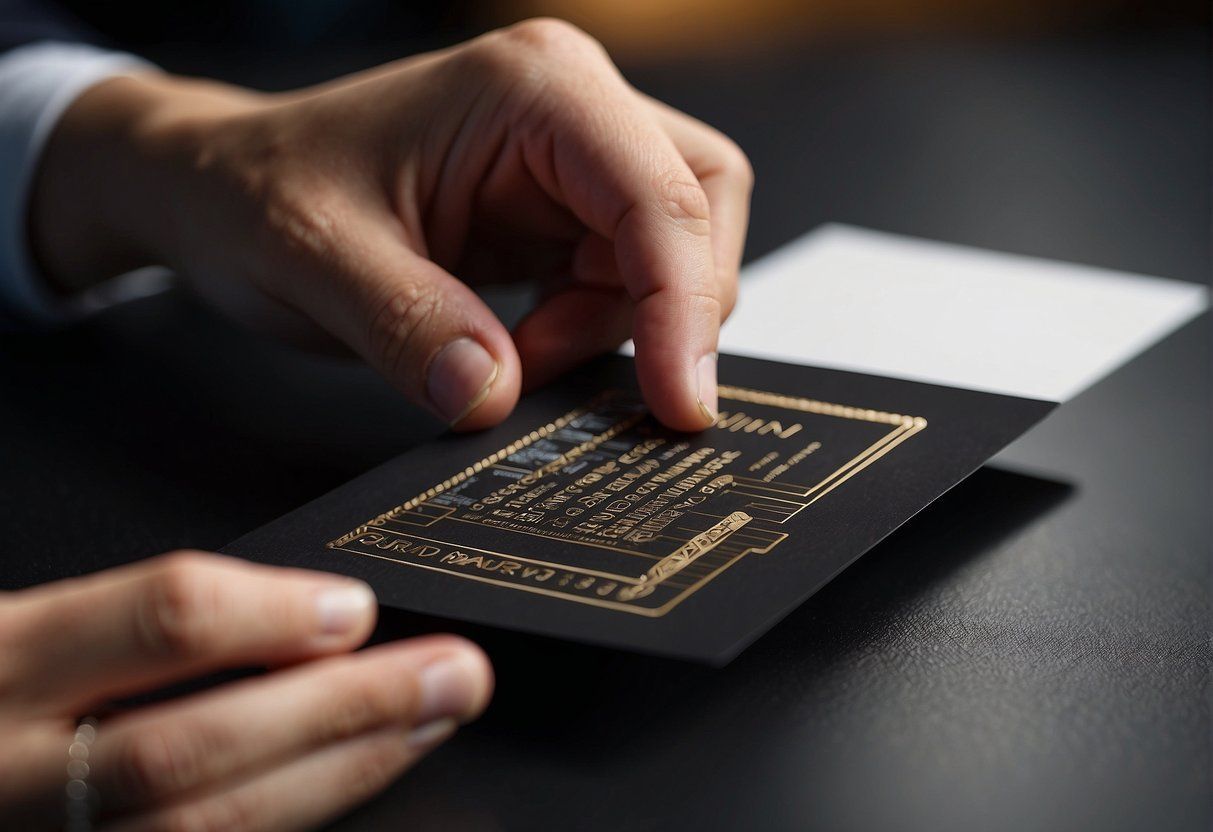
Before business cards are handed over to the client, a meticulous process ensures each card reflects the quality and professionalism of the brand they represent.
Inspecting Print Quality and Detail
When the printing process is complete, the business cards undergo a stringent inspection. The focus is on the resolution of graphics and crispness of text, ensuring that logos and contact details appear flawless without any smudging or misalignment. Cardstock texture and ink consistency are examined closely, while the cut precision of each card is checked to prevent rough edges that could detract from a professional appearance.
Packaging and Shipping
Once approval is given, the cards are packaged with care to avoid any damage during transit. The packaging process involves placing the cards in protective sleeves, which are then secured in sturdy boxes to maintain their condition. The shipping service chosen reflects a commitment to efficiency and customer service , guaranteeing the timely and safe delivery of the business cards. Clients are provided with tracking information so they can anticipate the arrival of their new marketing tools.
Utilizing Business Cards Effectively

To cultivate connections and leave a lasting impression, business cards must be distributed thoughtfully and utilized to their full potential at networking events. They are a tangible piece of marketing material that can significantly boost one’s professional network.
Best Practices for Distribution
- Be Selective : Distribute cards to individuals who show genuine interest or are relevant to one’s business to ensure a higher likelihood of follow-up.
- Personal Interaction : Always hand out business cards in person with a brief introduction to create a memorable exchange.
- Professional Etiquette : Present the card with the print facing the recipient, to facilitate immediate readability.
- Follow Up : Encourage further contact by suggesting a call or meeting when handing out the card, laying the foundation for future interaction.
Maximizing Impact at Networking Events
- Early Preparation : Have ample cards on hand before attending any event. Ensure the information on the card is current and the design aligns with the brand.
- Strategic Placement : When permissible, place business cards at communal areas like registration desks or refreshment tables.
- Effective Dialogue : Engage in meaningful conversations before offering a card, thereby establishing a connection that the card can later reinforce.
- Consistency : Ensure that the business card’s design and message complement other marketing materials provided during the networking events for brand consistency.
Benefits of Professional and High-Quality Business Cards
Professional and high-quality business cards serve as a powerful networking tool for professionals and entrepreneurs. They create a lasting impression that can set a business apart from the competition. The tactile feel of a sturdy card stock, the striking visual appeal of additional graphics , and crisp, legible text all convey a serious and professional commitment to business and its potential clients.
Employing graphic designers to create custom business cards ensures that every element, from typography to color scheme, aligns with the brand identity. It’s not just about aesthetic appeal; it’s about crafting a marketing piece that resonates with the recipient.
By investing in quality cards, businesses can avoid common pitfalls like smudges or rapid wear, which can detract from their professional image. Instead, they offer a durable and elegant way to share contact information, ensuring that whenever a prospect reaches for the card, it looks as pristine as the day it was printed.
| Benefit | Description |
|---|---|
| First Impressions | High-quality cards set a professional tone immediately. |
| Brand Consistency | Designers ensure the card is an extension of the brand. |
| Durability | Quality materials withstand wear and remain presentable. |
| Networking Efficiency | Clear contact details facilitate easy follow-ups. |
In essence, they become a tangible extension of the business identity, leveraging design and substance to make an impactful statement in the bustling corporate world.
Maintaining and Updating Your Business Cards

Business cards are an extension of one’s professional identity and therefore demand regular maintenance and timely updates to ensure that they reflect the most current information. Careful handling of the card material is important to maintain its pristine condition. Laminated cards or those made from heavier stock paper can offer more durability against wear and tear. To ensure longevity, one should store business cards in a rigid holder to prevent them from bending or getting smudged.
Updating is critical to the usability of business cards. Whenever there is a change in one’s professional title , contact information, or branding, new cards should be printed to replace outdated ones. This ensures that networking opportunities are not missed due to incorrect information being circulated.
It is also essential to review the bleed area during the design process. The bleed area is the margin outside of the final size of the card where the background color or design extends to prevent unwanted white borders. Precision in this area ensures a professional finish after the card is cut to size.
When updating or maintaining business cards, one should also consider:
- Visual Appeal : A clean and modern design can help make a memorable first impression.
- Relevance : Information on the card should be appropriate to the business and position.
| Aspect | Importance |
|---|---|
| Material Quality | Ensures longevity and perception of professionalism |
| Current Details | Critical for accurate communication |
| Design Precision | Avoids poor print finishes |
Regularly refreshing the design and information keeps business cards relevant and effective as a networking tool.
Frequently Asked Questions

Before diving into the FAQs, it’s important to recognize that business cards remain a potent tool for making strong and memorable connections in the professional world. They offer tangible benefits over their digital counterparts and can be tailored to leave a lasting impression.
What advantages do physical business cards have over digital ones?
Physical business cards offer the tactile engagement that digital cards cannot replicate. They enhance the sensory experience of an introduction, offering a personal touch that can make a connection feel more substantial and memorable.
In what ways can business cards create a lasting impression on clients?
A well-crafted business card can serve as a visual reminder of an interaction, often designed to be aesthetically pleasing and reflective of a brand’s identity. High-quality materials and a distinctive design can differentiate a business and reinforce brand recognition.
What essential information should be included on a business card for maximum effectiveness?
For maximum effectiveness, a business card should contain the individual’s name, company name, job title, contact information (phone, email), and the company logo. Additional details like social media profiles, services, or a catchy tagline can also be beneficial.
What factors influence the cost of professional business card printing?
The cost of business card printing is influenced by several factors, such as the quality and type of paper, the complexity of the design, printing techniques (like embossing or foil stamping), color options, and the quantity ordered. Choosing a standard design and bulk ordering can reduce costs.
How can I track the return on investment (ROI) of distributing business cards?
Tracking ROI can be accomplished by using a unique email address or phone number on the cards, offering a special discount code, or through software that tracks how clients found your business. Observing the source of new inquiries can indicate the cards’ effectiveness.
What are the latest trends in business card design that can make my brand stand out?
The latest trends in business card design include interactive elements like QR codes, sustainable materials, minimalist layouts with clean typography, and bold or unconventional shapes. Utilizing these design elements can make a brand more memorable and visually distinct.…





